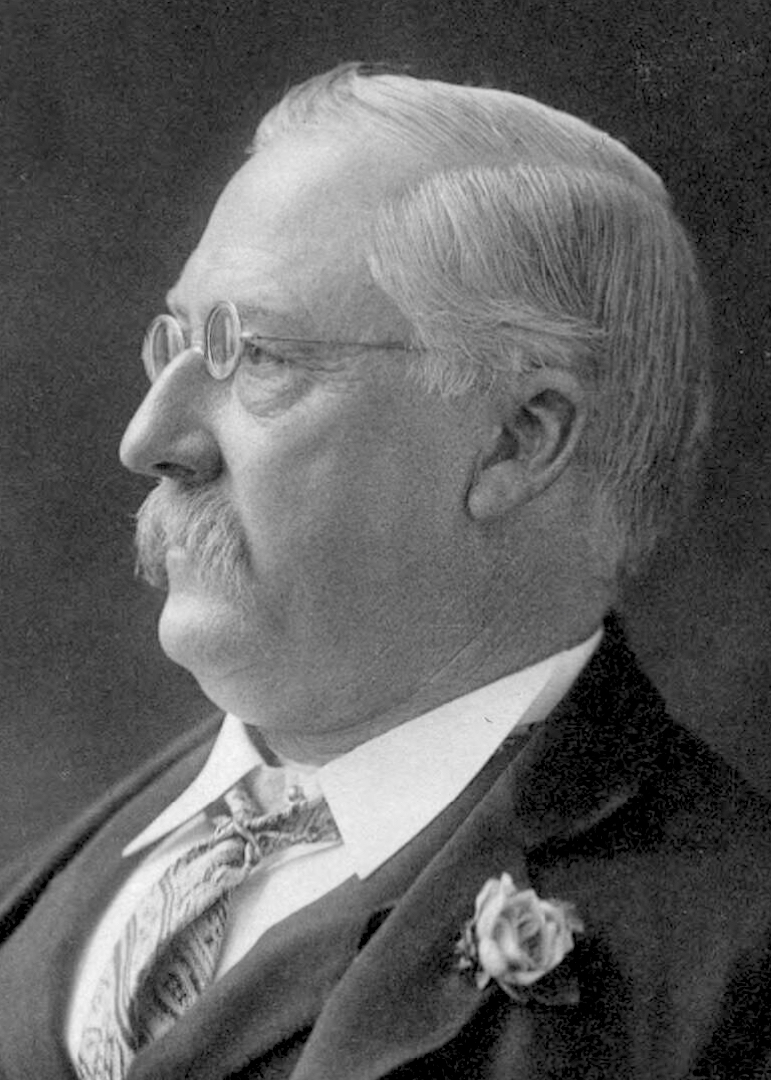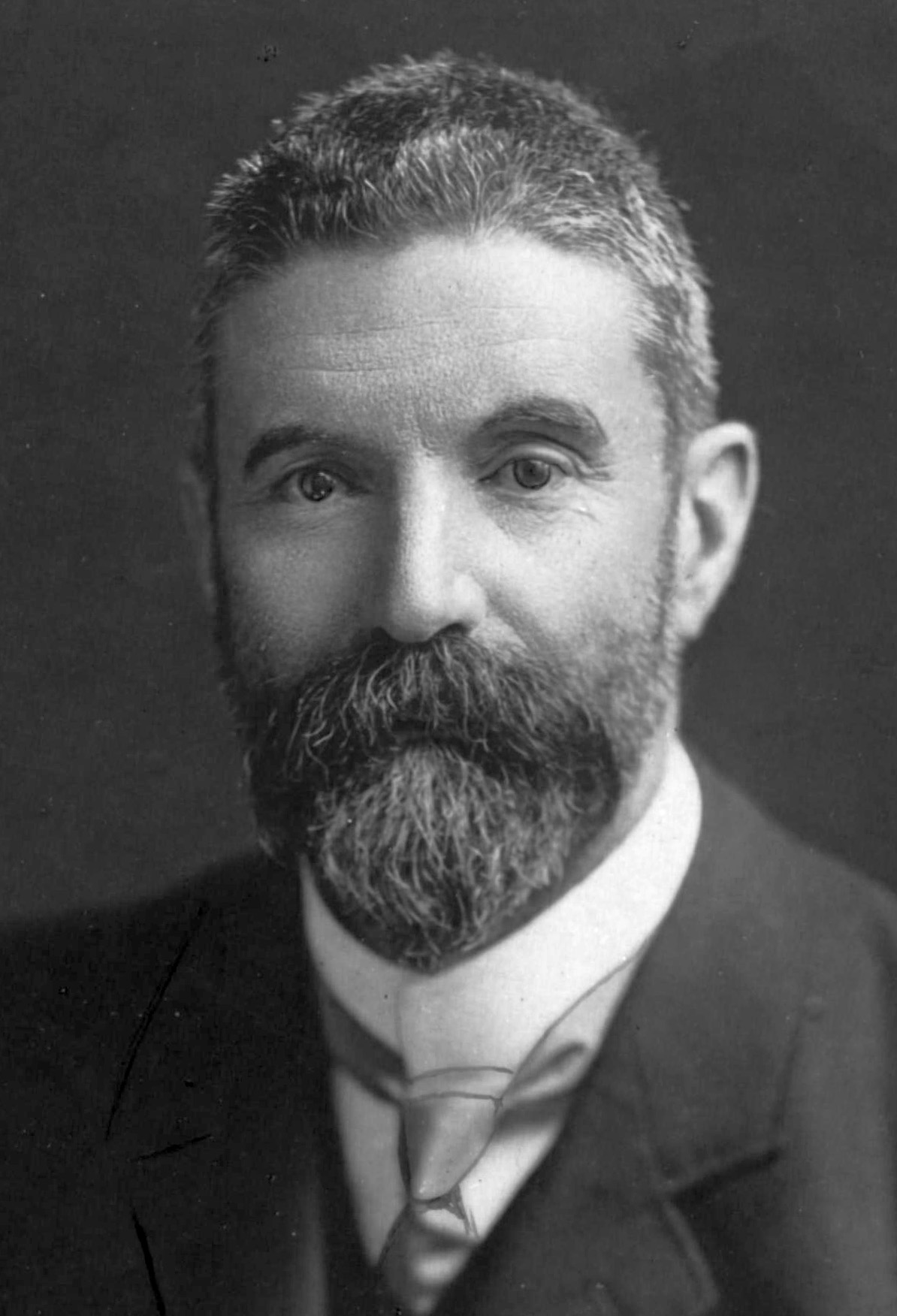|
£A
The pound (Currency symbol, sign: £, £A for distinction) was the currency of Australia from 1910 until 14 February 1966, when it was replaced by the Australian dollar. Like other £sd currencies, it was subdivided into 20 Shilling (Australian), shillings (denoted by the symbol s or /–), each of 12 Penny (Australian coin), pence (denoted by the symbol d). History The establishment of a separate Australian currency was contemplated by section 51(xii) of the Constitution of Australia, which gave the Parliament of Australia, Federal Parliament power to legislate with respect to "currency, coinage, and legal tender". Establishment Coinage The Deakin government (1905–1908), Deakin government's ''Coinage Act 1909'' distinguished between "British coin" and "Australian coin", giving both status as legal tender of equal value. The Act gave the Treasurer of Australia, Treasurer the power to issue silver, bronze and nickel coins, with the dimensions, size, denominations, weight ... [...More Info...] [...Related Items...] OR: [Wikipedia] [Google] [Baidu] |
Penny (Australian Coin)
The Australian penny was a Coins of the Australian pound, coin of the Australian pound, which followed the £sd system. It was used in the Commonwealth of Australia prior to decimalisation in 1966. One Australian penny was worth Shilling (Australian), Australian shilling, Florin (Australian coin), Australian florin, Crown (Australian coin), Australian crown, and Australian pound. The coin was equivalent in its dimensions and value to the British pre-decimal Penny (British pre-decimal coin), penny, as the two currencies were originally fixed at par. The coin was introduced in 1911, while the last penny was minted in 1964. After decimalisation on 14 February 1966 the penny was equal to 0.8333 Australian dollar, cents. The obverse of the coin featured the reigning Australian monarch. Three were featured: George V, George VI and Elizabeth II. All of the pennies bearing George VI and Elizabeth II had a kangaroo on the reverse. The kangaroo image was on the Australian half penny ... [...More Info...] [...Related Items...] OR: [Wikipedia] [Google] [Baidu] |
Shilling
The shilling is a historical coin, and the name of a unit of modern currency, currencies formerly used in the United Kingdom, Australia, New Zealand, other British Commonwealth countries and Ireland, where they were generally equivalent to 12 pence or one-twentieth of a Pound (currency), pound before being phased out during the 1960s and 1970s. Currently the shilling is used as a currency in five east African countries: Kenyan shilling, Kenya, Tanzanian shilling, Tanzania, Ugandan shilling, Uganda, Somali shilling, Somalia, and the ''de facto'' country of Somaliland shilling, Somaliland. The East African Community additionally plans to introduce an East African shilling. History The word ''shilling'' comes from Anglo-Saxon language, Anglo-Saxon phrase "Scilling", a monetary term meaning literally "twentieth of a pound", from the Proto-Germanic root :wikt:Reconstruction:Proto-Germanic/skiljanƒÖ, skiljanƒÖ meaning literally "to separate, split, divide", from :wikt:Reconstr ... [...More Info...] [...Related Items...] OR: [Wikipedia] [Google] [Baidu] |
Reserve Bank Of Australia
The Reserve Bank of Australia (RBA) is Australia's central bank and banknote issuing authority. It has had this role since 14 January 1960, when the ''Reserve Bank Act 1959'' removed the central banking functions from the Commonwealth Bank. The bank's main policy role is to control inflation levels within a target range of 2–3%, by controlling the unemployment rate according to the 'non-accelerating inflation rate of unemployment' (NAIRU) by controlling the official cash rate. The NAIRU was implemented in most western nations after 1975, and has been maintained at a target of 5–6% unemployment. The average unemployment rate in Australia between the end of the Second World War and the implementation of the NAIRU was consistently between 1 and 2%. Since the implementation of the NAIRU, the average unemployment rate in Australia has been close to 6%. The RBA also provides services to the Government of Australia and services to other central banks and official institutions. The ... [...More Info...] [...Related Items...] OR: [Wikipedia] [Google] [Baidu] |
The City Bank Of Sydney 20 Pound Note
''The'' is a grammatical article in English, denoting nouns that are already or about to be mentioned, under discussion, implied or otherwise presumed familiar to listeners, readers, or speakers. It is the definite article in English. ''The'' is the most frequently used word in the English language; studies and analyses of texts have found it to account for seven percent of all printed English-language words. It is derived from gendered articles in Old English which combined in Middle English and now has a single form used with nouns of any gender. The word can be used with both singular and plural nouns, and with a noun that starts with any letter. This is different from many other languages, which have different forms of the definite article for different genders or numbers. Pronunciation In most dialects, "the" is pronounced as (with the voiced dental fricative followed by a schwa) when followed by a consonant sound, and as (homophone of the archaic pronoun ''thee' ... [...More Info...] [...Related Items...] OR: [Wikipedia] [Google] [Baidu] |
Royal Mint
The Royal Mint is the United Kingdom's official maker of British coins. It is currently located in Llantrisant, Wales, where it moved in 1968. Operating under the legal name The Royal Mint Limited, it is a limited company that is wholly owned by His Majesty's Treasury and is under an exclusive contract to supply the nation's coinage. As well as minting circulating coins for the UK and international markets, The Royal Mint is a leading provider of precious metal products. The Royal Mint was historically part of a series of mints that became centralised to produce coins for the Kingdom of England, all of Great Britain, the United Kingdom, and nations across the Commonwealth. The Royal Mint operated within the Tower of London for several hundred years before moving to what is now called Royal Mint Court, where it remained until the 1960s. As Britain followed the rest of the world in decimalising its currency, the Mint moved from London to a new 38-acre (15 ha) plant in ... [...More Info...] [...Related Items...] OR: [Wikipedia] [Google] [Baidu] |
Treasurer Of Australia
The Treasurer of Australia, also known as the Federal Treasurer or more simply the Treasurer, is the Federal Executive Council (Australia), minister of state of the Australia, Commonwealth of Australia charged with overseeing government revenue collection, federal expenditure and economic policy as the head of the Treasury (Australia), Department of the Treasury. The current treasurer is Jim Chalmers, who was selected by Prime Minister Anthony Albanese in May 2022 following the 2022 Australian federal election. The Treasurer implements ministerial powers through the Treasury (Australia), Department of the Treasury and a range of other government agencies. According to constitutional convention, the Treasurer is always a member of the Parliament of Australia with a Divisions of the Australian House of Representatives, seat in the Australian House of Representatives, House of Representatives. The office is generally seen as equivalent to the Chancellor of the Exchequer in the Un ... [...More Info...] [...Related Items...] OR: [Wikipedia] [Google] [Baidu] |
Legal Tender
Legal tender is a form of money that Standard of deferred payment, courts of law are required to recognize as satisfactory payment in court for any monetary debt. Each jurisdiction determines what is legal tender, but essentially it is anything which, when offered ("tendered") in payment of a debt, extinguishes the debt. There is no obligation on the creditor to accept the tendered payment, but the act of tendering the payment in legal tender discharges the debt. It is generally only mandatory to recognize the payment of legal tender in the discharge of a monetary debt from a debtor to a creditor. Sellers offering to enter into contractual relationship, such as a contract for the sale of goods, do not need to accept legal tender and may instead contractually require payment using electronic methods, foreign currencies or any other legally recognized object of value. Coins and banknotes are usually defined as legal tender in many countries, but personal cheque, checks, credit c ... [...More Info...] [...Related Items...] OR: [Wikipedia] [Google] [Baidu] |
Deakin Government (1905–1908)
The second Deakin government was the period of federal executive government of Australia led by Prime Minister Alfred Deakin. It lasted from 5 July 1905 to 13 November 1908. Deakin was the second prime minister of Australia, having previously led the Deakin government (1903–1904), and held the office again in 1909–1910. Alfred Deakin Alfred Deakin (1856–1919) – a barrister, journalist and important Federation era politician – was born in Melbourne in 1856. He first entered the Victorian Parliament as a Liberal in 1879. He attended all the official federal conferences and conventions working towards federation of Britain's Australian colonies, and was skilled at brokering compromises. He played a significant part in shaping the Australian Constitution, and arguing the case for unity of the colonies. Deakin was a fine orator and major player in the establishment of the institutions of Australian democracy, and served three times in the office of prime minister during ... [...More Info...] [...Related Items...] OR: [Wikipedia] [Google] [Baidu] |
Parliament Of Australia
The Parliament of Australia (officially the Parliament of the Commonwealth and also known as the Federal Parliament) is the federal legislature of Australia. It consists of three elements: the Monarchy of Australia, monarch of Australia (represented by the Governor-General of Australia, governor-general), the Australian Senate, Senate (the upper house), and the Australian House of Representatives, House of Representatives (the lower house).''Australian Constitution's 1– via Austlii. The Australian Parliament combines elements from the British Westminster system, in which the party or coalition with a majority in the lower house is entitled to form a government, and the United States Congress, which affords equal representation to each of the states, and scrutinises legislation before it can be signed into law. The upper house, the Senate, consists of 76 members: twelve for each States and territories of Australia, state, and two for each of the self-governing States and terr ... [...More Info...] [...Related Items...] OR: [Wikipedia] [Google] [Baidu] |
Section 51(xii) Of The Constitution Of Australia
Section 51 (xii) is a subsection of section 51 of the Constitution of Australia, that gives the Commonwealth Parliament the right to legislate with respect to "currency, coinage, and legal tender". Generally, powers in section 51 of the Constitution of Australia can also be legislated on by the states, although Commonwealth law will prevail in cases of inconsistency. However, the currency power must be read in conjunction with other parts of the Constitution of Australia. Section 115 of the Constitution establishes "a state shall not coin money, nor make anything but gold or silver coin a legal tender in the payment of debts". This section effectively makes the concurrent power in section 51(xii) exclusive to the Commonwealth. Despite this, coins of the Australian pound were not introduced until 1910, following the enactment of the ''Coinage Act 1909''. The federal government did not issue banknotes until 1913, following the passage of the ''Australian Notes Act 1910 The ''A ... [...More Info...] [...Related Items...] OR: [Wikipedia] [Google] [Baidu] |
£sd
file:Guildhall Museum Collection- Drusilla Dunford Money Table Sampler 3304.JPG, A Sampler (needlework), sampler in the Rochester Guildhall, Guildhall Museum of Rochester, Medway, Rochester illustrates the conversion between pence and shillings and shillings and pounds. file:Cash register (8058279685) (2).jpg, Old till in Ireland, with "shortcut" keys in various £sd denominations (lower numbers) and their "new pence" equivalent (upper numbers) file:TOY (FindID 748865).jpg, Play money, Toy coin, which teaches children the value of a shilling £sd (occasionally written Lsd, spoken as "pounds, shillings, and pence" or pronounced ) is the popular name for the pre-decimal currency, currencies once common throughout Europe. The abbreviation originates from the Ancient Roman units of measurement, Latin currency denominations , , and . In the British Isles, these were referred to as ''pound sterling, pounds'', ''shillings'', and ''pence'' (''pence'' being the plural of ''penny''). Un ... [...More Info...] [...Related Items...] OR: [Wikipedia] [Google] [Baidu] |







